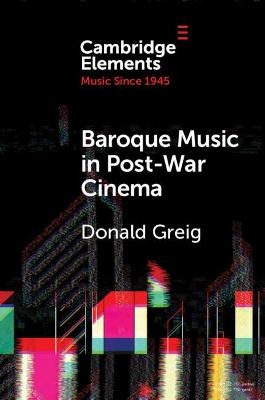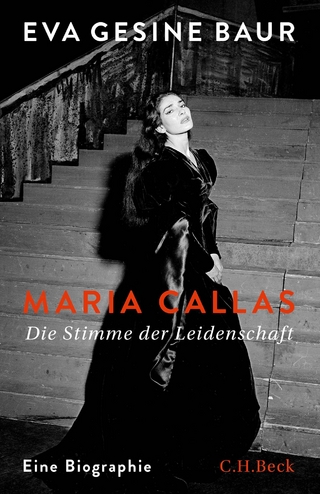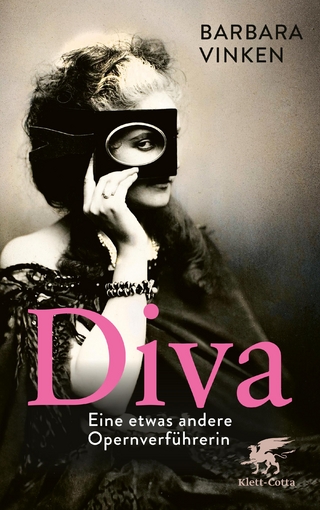
Baroque Music in Post-War Cinema
Performance Practice and Musical Style
Seiten
2021
Cambridge University Press (Verlag)
978-1-108-82786-7 (ISBN)
Cambridge University Press (Verlag)
978-1-108-82786-7 (ISBN)
This Element gives a wide perspective of pre-existing music in narrative cinema, placing baroque music in the context of its reception to explore its mobilisation in post-war cinema. Analyses of various films raise issues of baroque style and form to question why eighteenth-century music remains an exception to dominant film-music discourses.
Studies of pre-existing music in narrative cinema often focus on a single film, composer or director. The approach here adopts a wider perspective, placing a specific musical repertoire - baroque music - in the context of its reception to explore its mobilisation in post-war cinema. It shows how various revivals have shaped musical fashion, and how cinema has drawn on resultant popularity and in turn contributed to it. Close analyses of various films raise issues of baroque musical style and form to question why eighteenth-century music remains an exception to dominant film-music discourses. Account is taken of changing modern performance practice and its manifestation in cinema, particularly in the biopic. This question of the reimagining of baroque repertoire leads to consideration of pastiches and parodies to which cinema has been particularly drawn, and subsequently to the role that neobaroque music has played in more recent films.
Studies of pre-existing music in narrative cinema often focus on a single film, composer or director. The approach here adopts a wider perspective, placing a specific musical repertoire - baroque music - in the context of its reception to explore its mobilisation in post-war cinema. It shows how various revivals have shaped musical fashion, and how cinema has drawn on resultant popularity and in turn contributed to it. Close analyses of various films raise issues of baroque musical style and form to question why eighteenth-century music remains an exception to dominant film-music discourses. Account is taken of changing modern performance practice and its manifestation in cinema, particularly in the biopic. This question of the reimagining of baroque repertoire leads to consideration of pastiches and parodies to which cinema has been particularly drawn, and subsequently to the role that neobaroque music has played in more recent films.
Introduction; 1. Baroque Music Before World War Two; 2. The Vivaldi Revival; 3. Bresson, Pasolini, and Musical Disconnection; 4. Authenticity and Historically Informed Performance; 5. The Neobaroque, the New Baroque and Minimalism; 6. Final thoughts.
| Erscheinungsdatum | 09.03.2021 |
|---|---|
| Reihe/Serie | Elements in Music since 1945 |
| Zusatzinfo | Worked examples or Exercises |
| Verlagsort | Cambridge |
| Sprache | englisch |
| Maße | 150 x 230 mm |
| Gewicht | 145 g |
| Themenwelt | Kunst / Musik / Theater ► Musik ► Klassik / Oper / Musical |
| ISBN-10 | 1-108-82786-1 / 1108827861 |
| ISBN-13 | 978-1-108-82786-7 / 9781108827867 |
| Zustand | Neuware |
| Haben Sie eine Frage zum Produkt? |
Mehr entdecken
aus dem Bereich
aus dem Bereich


